Today, Sony unveileved a new and interesting product, a pair of digital recording binoculars called the DEV-3 and DEV-5. However, unlike your traditional binoculars which are only good for viewing, the Sony DEV-3 and DEV-5 have one big trick of their sleeve; to record as well. Both units are capable of recording 1080p HD video while capturing stills with a 7.1 megapixel camera. It also wouldn’t be Sony without them incorporating their Exmor R CMOS sensors which are designed to provide noise free images, even in low light situations. But once again, this digital recording binocular has a trick up its sleeve—or maybe two tricks. Sony opted to include not one, but two Exmor R CMOS sensors in both the DEV-3 and DEV-5, allowing for native 3D 1080p video recording with dual f/1.8-3.4, 0.5-10x optical zoom lenses, and a pair of 1,227-dot viewfinders. Other features include manual focus, SteadyShot, and Image Stabilization. All this puts you at a $1,399 price point for the DEV-3 while those who are looking for some more features can look towards the DEV-5 for $1,999. The extra $600 in this case will get you 10x digital zoom, GPS, a carrying case, and neck strap. Both models will come equipped with Memory Stick Pro Duo and SDXC support for capturing your content, a stereo microphone with an audio input jack, and HDMI-out for playback on other devices.
While all of this sounds fine and I’m sure the device will be more than capable with traditional build quality that Sony provides, I have to wonder why Sony has decided to make such a device in the first place. As I noted, the concept is pretty cool and it seems like a great device to use but I doubt too many family members will opt for a binocular to record their next kid’s birthday party or vacation, and forget business, unless they are in the espionage market. This automatically greatly reduces the market share to a very small niche community who enjoys the great outdoors and has disposable income. The great question in this case than becomes, can Sony, who is notorious for creating great devices but is always been poor at marketing them, really sell enough of these to be worthwhile? Outside of the cost of building one of these, boxing them, shipping them to retailers which will of course be only a limited few providing some form of support, there is still the R&D to take into consideration. When we add all these costs and consider the limited market that will take interest in this device, unless Sony had a 50% profit margin on these (which they don’t), I cannot imagine them ever making a profit on such a device. In a time where many of Sony’s core businesses are hurting, unless I’m missing something about this device and the targeted market, it seems that Sony needs to kill off all niche market products and strengthen their core business. After which, I would be more than happy to see them work on side projects like this which are catered to the small crowds out there. However, till then, Sony has an obligation if not to itself, then to its shareholders, to increase profitability and market share and I don’t believe such devices are the answer to that.
After the jump, a press release, video overview and additional pictures await you.



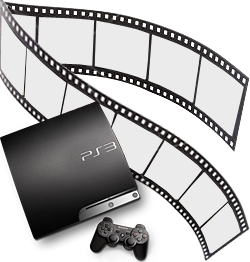

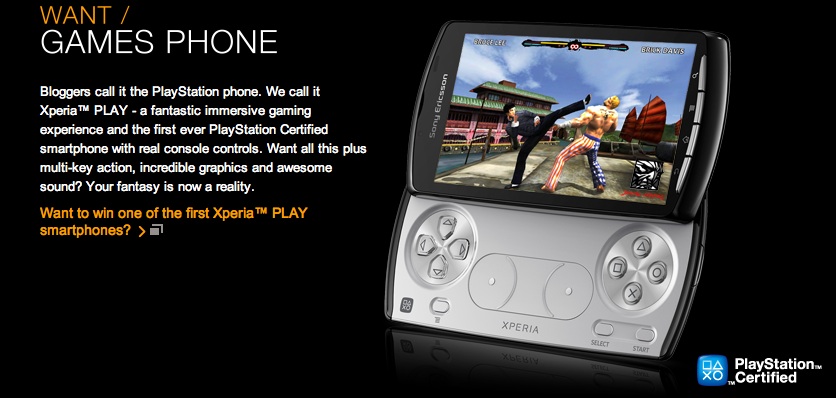
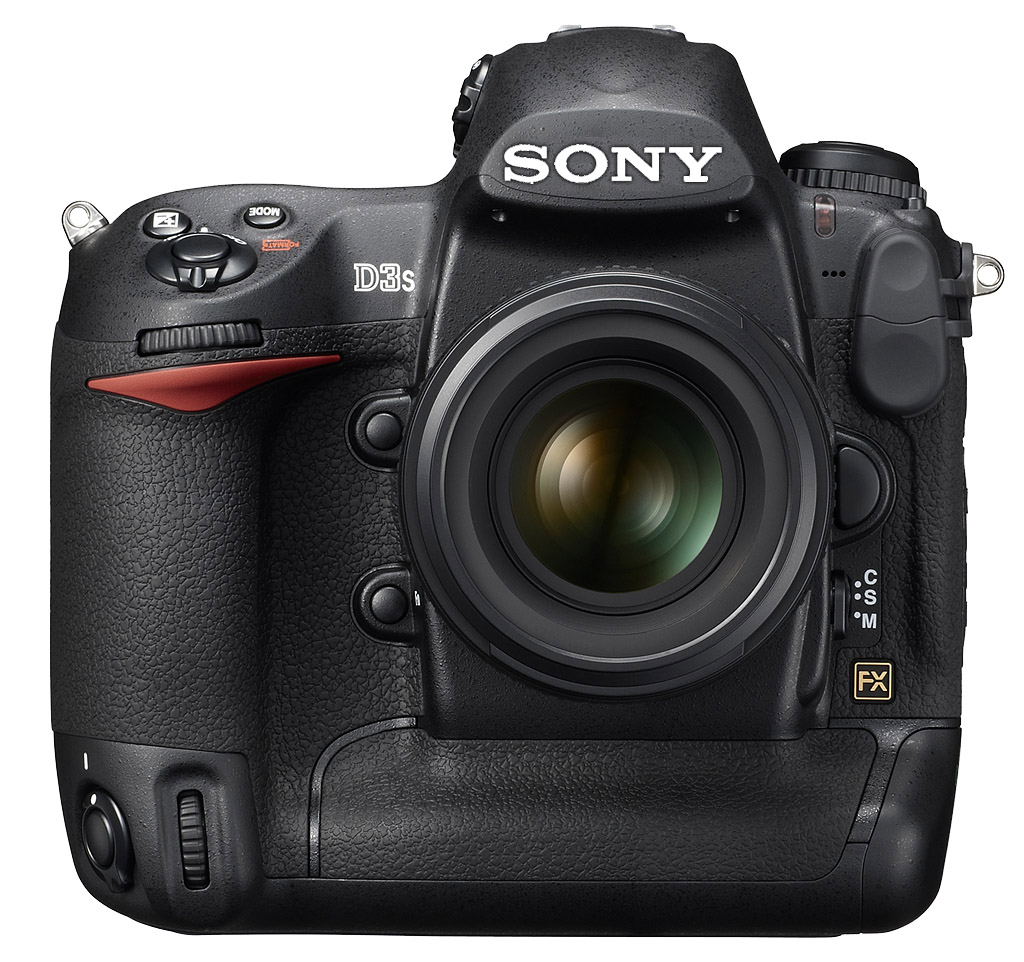
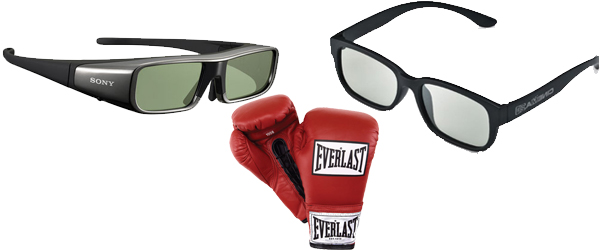
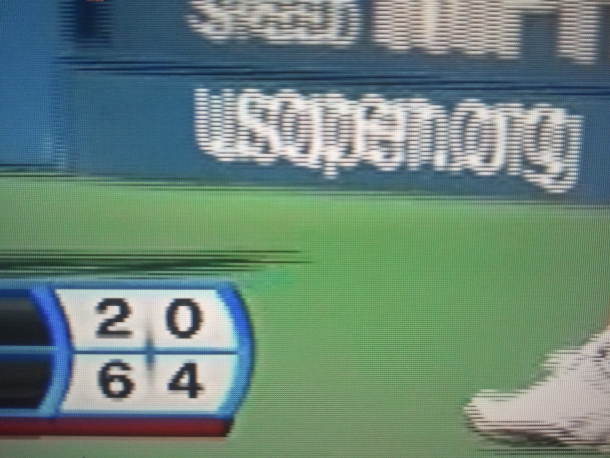


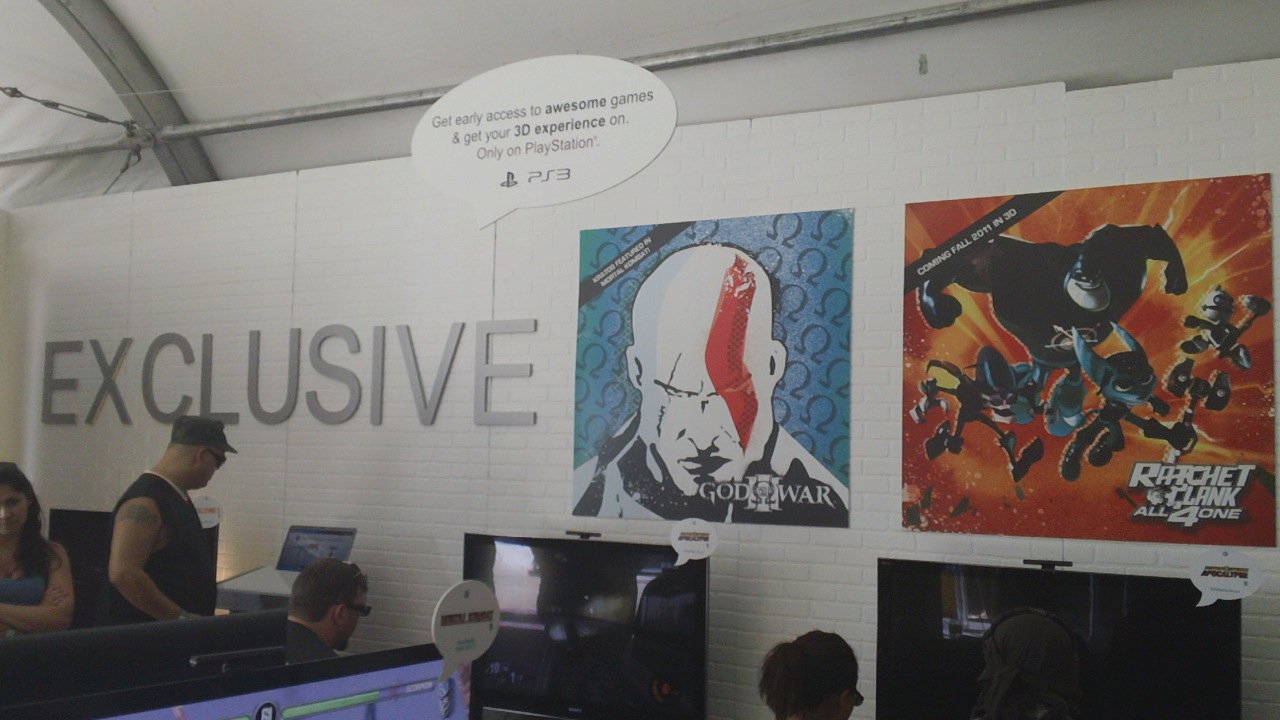
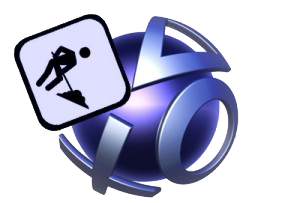
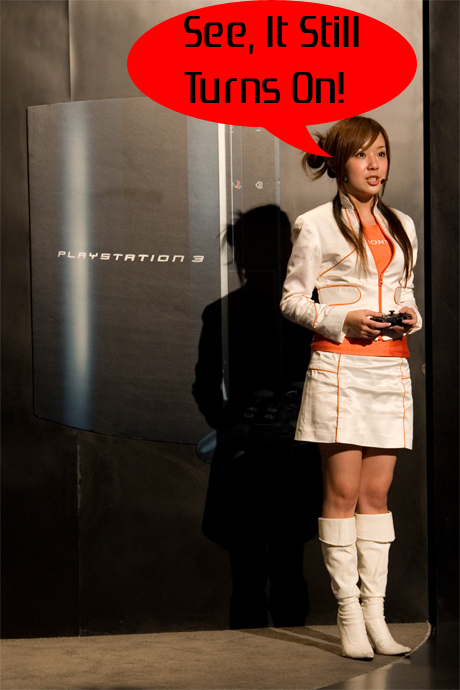
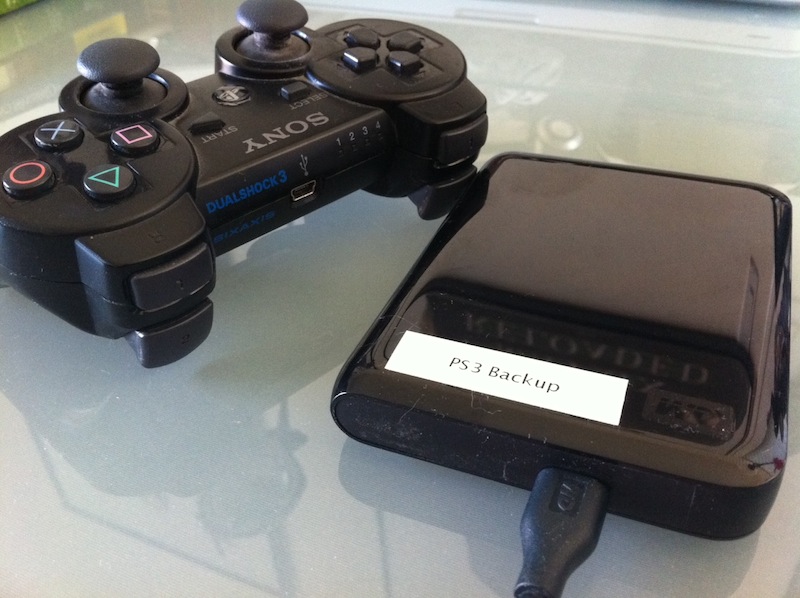

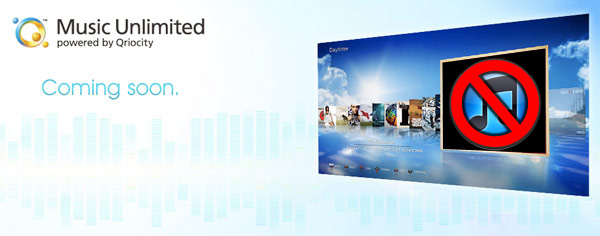
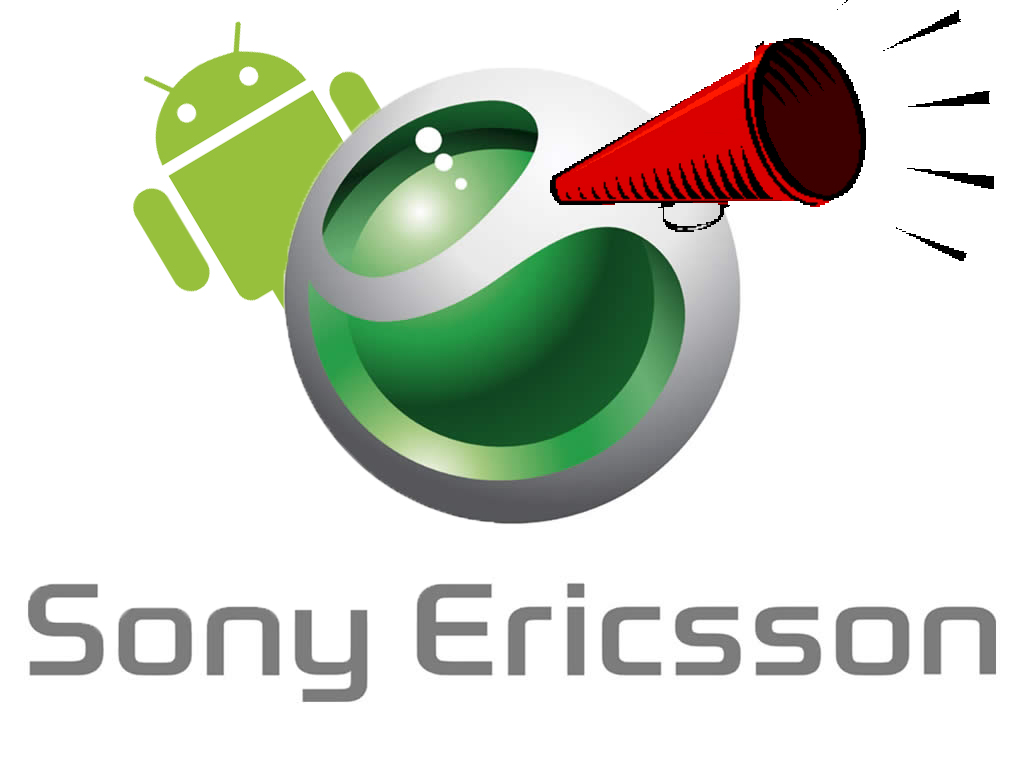
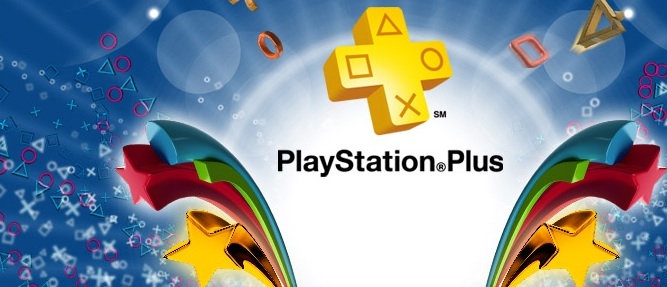

You must be logged in to post a comment.